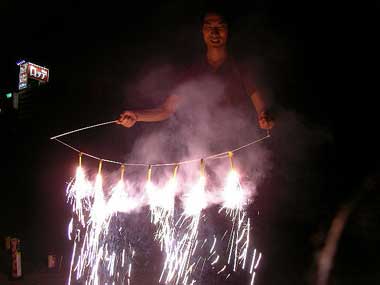Hipsters don’t usually call themselves "hipsters", but even you aren’t one, you might find a few hip activities in Tokyo appealing.
Hipster refers to a postmodern subculture of young, urban middle-class adults and older teenagers that became particularly prominent in the 2010s. The subculture is associated with indie and alternative music, a varied non-mainstream fashion sensibility, and alternative lifestyles.
Hagiso is known as Tokyo’s "smallest cultural institution". This house in the traditional Yanaka area includes a café and exhibition space. Go there for a drink and catch one of their occasional gigs and dance performances.
Karaoke might be pretty mainstream, but what about singing karaoke in a hot tub? Yes, there is a place part karaoke box and part theme park in Tokyo called Roppongi’s Lovenet complex. Here, you will find some bizarre rooms, such as the Aqua suite where you can sing in a hot tub.
Tour the traditional arts: This is an activity for everyone but it will certainly suit hipsters as stroll around Bingoya, an alternative souvenir shop. Here, they will find five floors’ worth of handmade traditional crafts, including pottery, fabrics, lacquerware and folk art.
Get your hands on countless books in Tokyo’s Jimbocho neighbourhood, a bibliophile nirvana which offers some 180 second-hand bookshops.
If you are looking for something cool, and if you are a hipster you probably are, hop aboard a swimming bus. This amphibious bus tours the streets around Tokyo Skytree before navigating the waters of a river nearby.
Puff on a hookah pipe and odd liquors such as ginseng brandy and cannabis vodka in Bonji Bar, a curious watering hole in Asakusa.
Sip slow-brewed coffee in a café from the 70s. Surrounded by retro furniture, you will be able to place with the shop’s aged cat while waiting for your coffee.
Have an experimental evening at SuperDeluxe, a haven for Tokyo’s avant-garde types. This place hosts improv gigs, rock shows, dance performances and Pecha Kucha nights. You can also get highly quaffable Tokyo Ale here.




